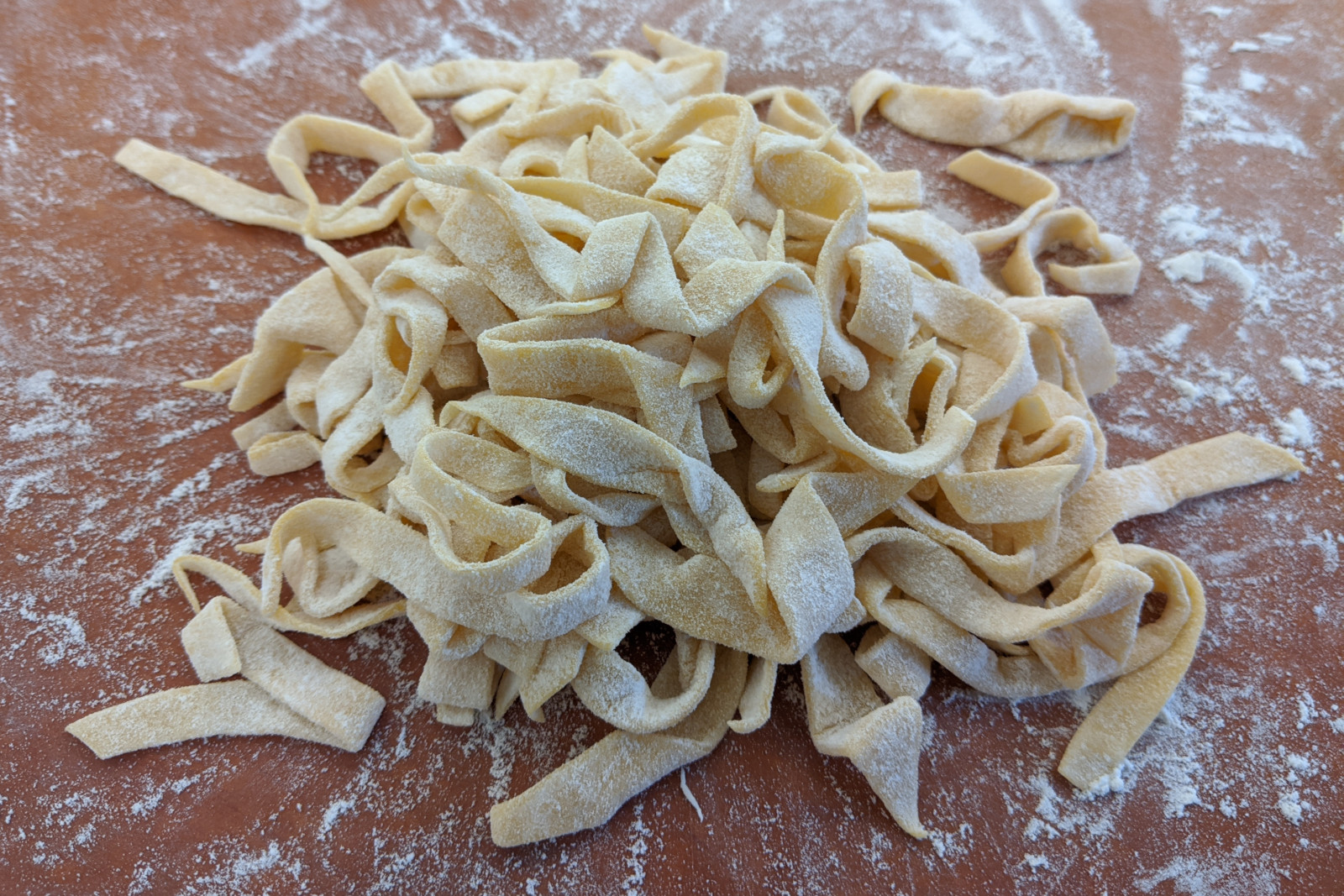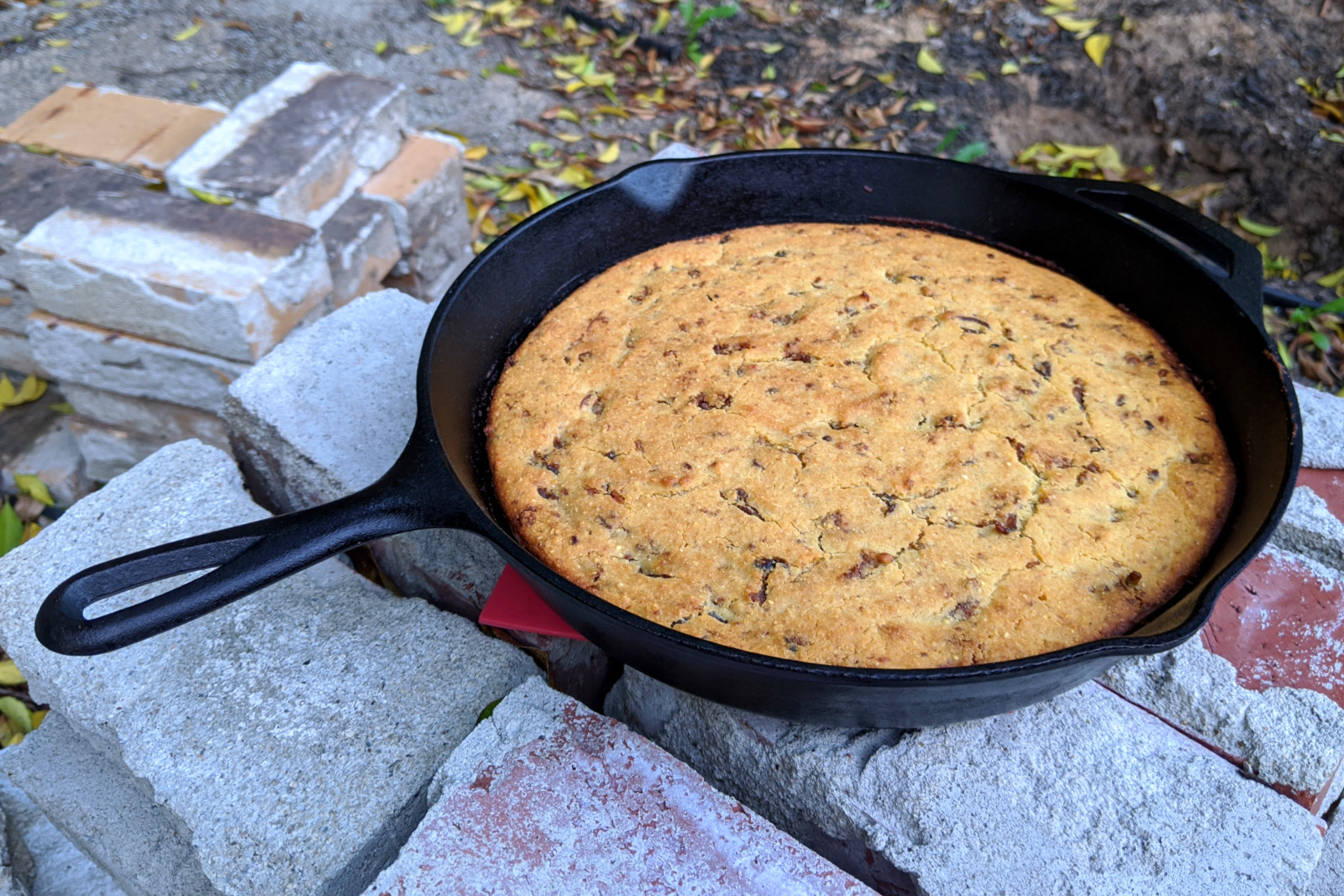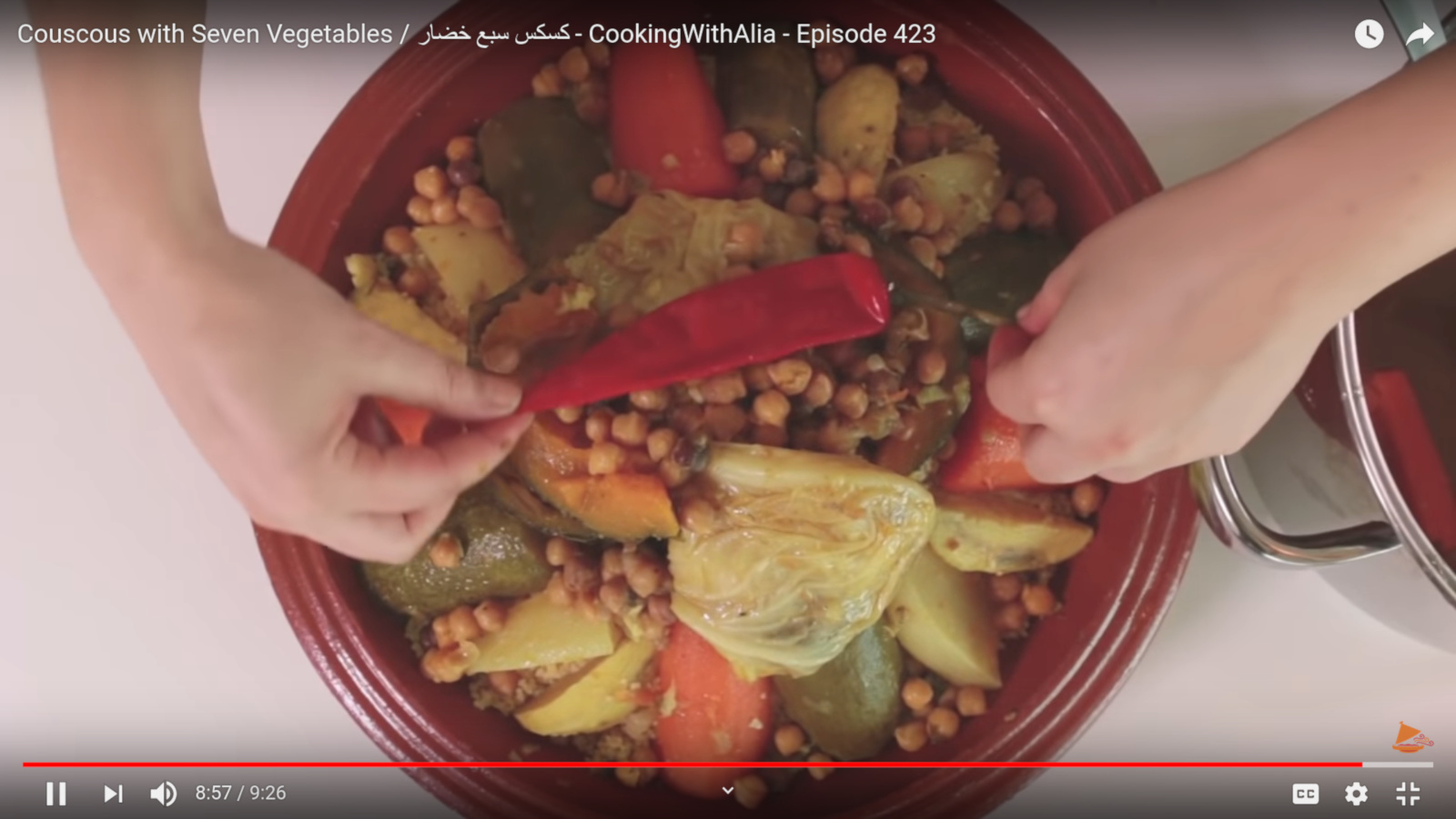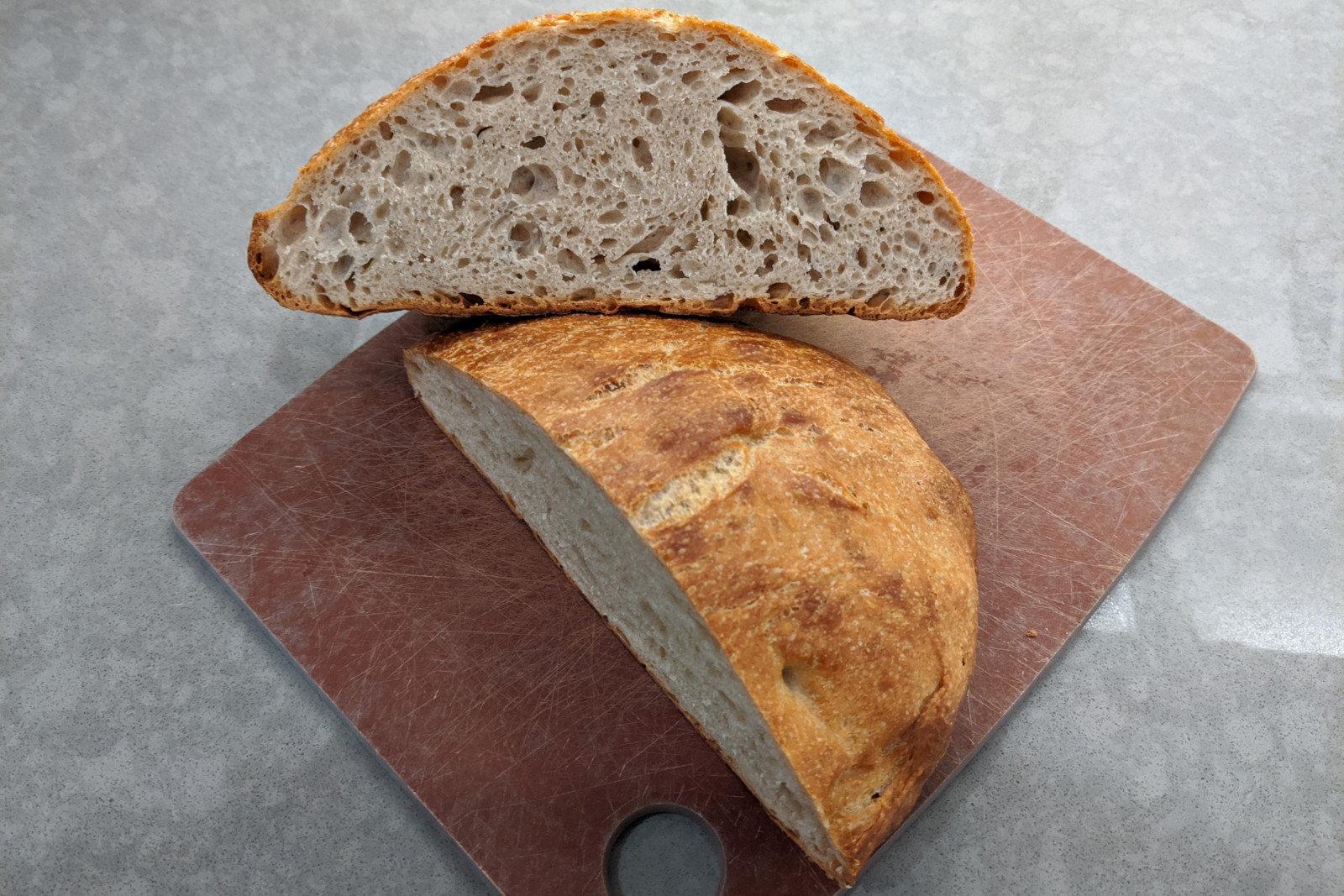Lasagna offcuts
There’s nothing more photogenic than homemade pasta—even the offcuts in pursuit of lasagna.

There’s nothing more photogenic than homemade pasta—even the offcuts in pursuit of lasagna.

I wanted to make refried beans, in no small part because I had two pounds of bacon fat trimmings in the freezer, which I had saved expressly for the purpose of making lard. I didn’t really have any intended vehicle for the refried beans, but Chef John suggested nachos, so I made nachos. Of course I didn’t have tortilla chips at the time (and I didn’t want to make a superfluous trip to the store), but I did have a large stack of corn tortillas in the freezer, so I turned those into chips. But I digress.
After straining the rendered pork fat through a cheesecloth, I was left with about 7 ounces of solid bits, known in the south as “cracklings” (ignoring the fact that lard is usually made with unsmoked, uncured bits of pork fat). The lard recipe suggested using these bits in something called “crackling bread”…basically cornbread with pork bits. I had a project!

In France they call it Couscous (or occasionally Couscous Royale when it’s served with chicken drumsticks and merguez sausages along with the standard cuts of lamb). You can think of it as a vegetable-prominent, lamb and tomato and chickpea stew served atop a copious bed of couscous grains, with harissa-spiked broth on the side.
I watched a handful of YouTube videos to familiarize myself with the dish, some in French, some in English in the French style, and some in English in the Moroccan style. One of my favorites fell into that third category, Couscous with Seven Vegetables / كسكس سبع خضار by Cooking with Alia.

With that research under my belt, combined with what I had on hand, what I was able to find at Trader Joe’s, and what Stephanie prefers (lamb 👎, chickpeas 👍), I cobbled together the following recipe.
When I looked up a recipe for black bean chili yesterday (spurred on by the odd can in our pantry), I only needed to glance at the ingredients to visualize how to cook it. Not because I’ve cooked this particular recipe before, or because I make chili frequently (I don’t—it’s not something Stephanie has ever really appreciated, until now), but I suppose just because I cook a lot in general. No humblebrag here, chili is obviously not rocket science. Most recipes consist of a simple 2-step algorithm: 1) brown protein in a skillet, and then 2) dump everything into a large pot and simmer for 2-3 hours. And I’m sure that would have rendered a perfectly serviceable chili using the ingredients below. Of course that’s not what I did, but what I did is based on my own personal relationship with each of the ingredients at this particular moment in time, and you might feel differently. So rather than try to codify what I did in prose, I’m just going to list the ingredients I used and leave the rest up to your interpretation and imagination. That said, the order in which I listed the ingredients is not by accident.
Due to the global coronavirus pandemic, only all-purpose and whole wheat flour are available at the supermarket (if at all). All-purpose is sold in 5-pound bags and whole wheat is commonly sold in 2-pound bags. The internet-famous no-knead bread recipe that everyone is making (in order to exert a modicum of control over something in their lives) calls for 400 grams of bread flour. One of the key differences in flour types (« though not the only! » interjects Alex, aka “frenchguycooking”) is protein content. Conveniently for us, The King Arthur Flour Company prints their flours’ protein content directly on the packaging. The all-purpose and whole wheat flour that we were able to buy are 11.7% and 14% protein, respectively. Furthermore, thanks to the internet, we discover that their bread flour, currently unavailable everywhere, is 12.7% protein. How many grams (rounded to the nearest integer) of all-purpose flour do we need to combine with how many grams of whole wheat flour to approximate the protein content of bread flour to use in the no-knead bread recipe?
